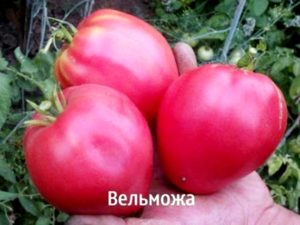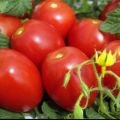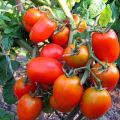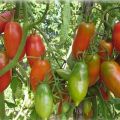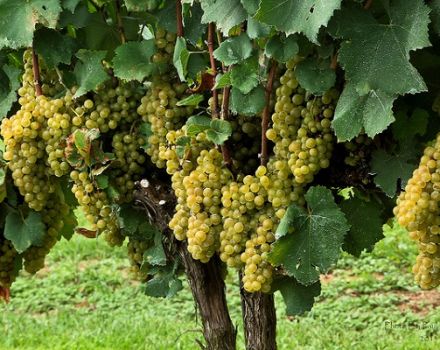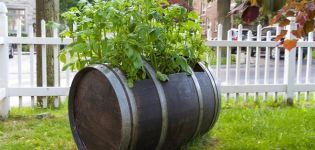The best varieties of tomatoes for the Vologda region
Hot, prolonged summers with cold springs - characteristics of the continental climate of the Volgograd region. Not all tomatoes are adapted to these conditions. Despite the long growing season (up to 160 days in the north and up to 175 days in the south), the region receives insufficient rainfall. In summer, most of them evaporate from the surface due to dry hot air.
Non-hybrid open field crops
Some of the best representatives of the category are varieties from the N.I. Vavilov Experimental Station in Krasnoblotsk:
- Volgograd 323.

Early maturing, ripens 100-1110 days after germination. Bushes are low, branched. The foliage is good, the height of the plant is about 20 cm. Inflorescences are formed every 1-2 leaves. 6 small fruits are laid on the brush, the weight of one is 60–70 g. The color of the ripe crop is orange-red, the main purpose is tomato products. Recommended for outdoor cultivation.
- Volgogradskiy 5/95
Late ripening, ripening occurs 115–120 days after germination. Bushes are indeterminate, standard. Plant height up to 1 m, average crown density. On a flower brush, from 3 to 5 pieces are tied. Average weight 100 g. Ripe deep red color, yellowish near the stalk. Tomatoes are flat-rounded, slightly ribbed. The first inflorescence is above 6–8 leaves, then every 2–3. For outdoor cultivation. The appointment is universal.

- Volgograd pink.
Early ripening, the height of the bush is no more than 60 cm. On fruit clusters, 5-6 pcs. tomatoes. Fruits weighing up to 130 g, deep pink color. The taste is excellent, the pulp is not watery, sweet. It tolerates heat and low temperatures well.
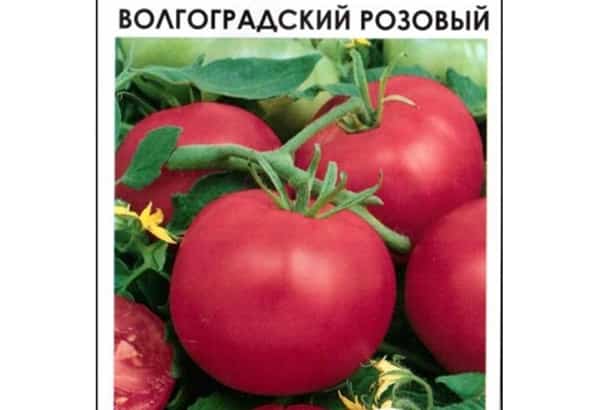
- Volgograd.
Medium early, limited type of growth, semi-spreading with medium branching. It takes 105-115 days from germination to the start of collection. The first flower raceme is above 8–9 leaves, subsequent ones in 1–2. Small tomatoes 60–80 g. When ripe, red. Resistant to major diseases. Shows high keeping quality and transportability.

High results from Volgograd breeders
The work is aimed at improving the qualities that allow getting decent harvests in the Lower Volga region. Bred by selection and stepwise hybridization. Medium early in terms of ripening:
- Gift;
Bushes, determinant by the type of growth, up to 80 cm tall. The first flower cluster after 5–6 leaves. The berries are large (up to 159 g), juicy, fleshy. Ripe - red with excellent taste. They are planted on summer cottages and small farms.

- Beginner;
Standard bushes, formed into one stem. Plant height no more than 85 cm.It takes 115-125 days from germination to harvest. Ripe tomatoes are orange-red, oval. On brushes from 3 to 5 pieces. Differs in friendly shoots and simultaneous ripening. Its two varieties are registered: pink and deluxe. According to reviews, the taste is good, suitable for blanks, fresh salads, tomato juice.
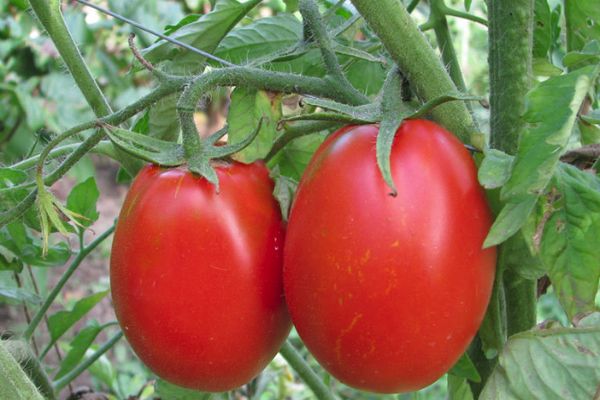
- Gift of the Volga region.
Determinate, medium-branched, no more than 75 cm high. The crown is thin, the first flowering after 6-7 leaves. Ripe orange-red, rounded. Weight is about 80 g. The crop is universal, it is well stored, tolerates long transportation.
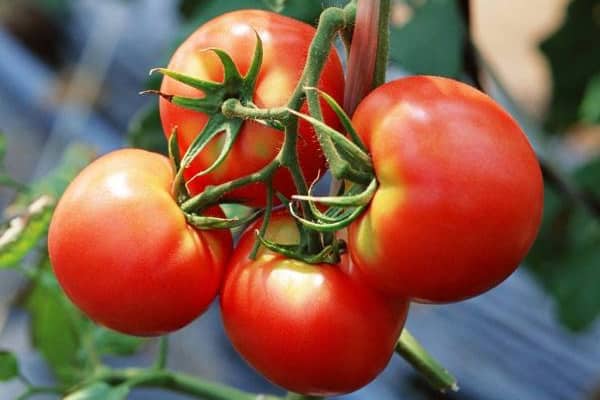
Hybrid tomato varieties
Unlike standards, they are highly resistant to environmental conditions, easily adaptable, and less susceptible to viruses. New properties are obtained by crossing selected parent individuals. The best varieties of hybrids for planting in the Volgograd region:
- Veloz f1;
Included in the state register for the Lower Volga region for cultivation without shelter. Medium early in terms of ripening. Determinate bushes, simple inflorescences. Fruits of the "cream" shape, fleshy, dense. Good for whole canning. Advantages of the hybrid: resistance to high and low temperatures, excess moisture, soil salinity. The yield exceeds the standards Novichok, Gift of the Volga region.
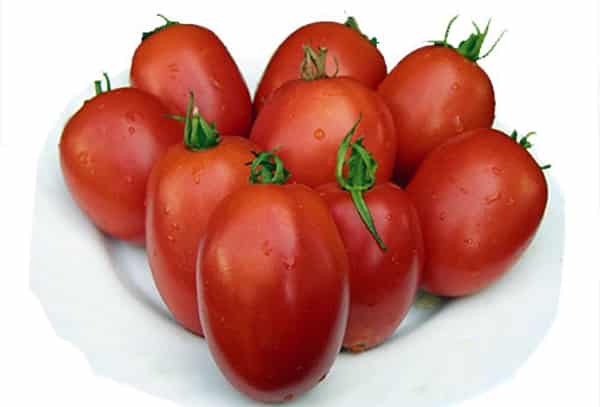
- Mamako f1 - early maturing;
A brand new hybrid. In the state register since 2017. Recommended for open ground planting. The culture is determinant. When ripe, the berries are red and have excellent taste. They have a cuboid shape, the average weight is about 100 g. The hybrid is immune to fusarium wilting and rot, TMV, to yellow curl of the leaf. The harvested crop is well stored, not prone to cracking.
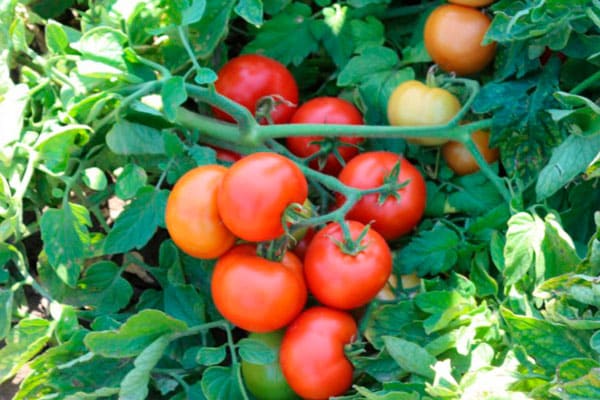
- H 6416 f1 - a hybrid of intermediate ripening periods;
Restricted plants, open ground. The shape of the berries is obovate, red. The main purpose is for conservation and processing. Marinated taste great. Average weight 60 g.

- Namib.
Low-growing plants, planted outside greenhouse shelters and greenhouses. Resistant to major diseases: vertillosis, fusarium. Fruits are ovoid, weight from 85 to 130 g. The taste of fresh tomatoes is excellent, the sugar content in fruits is 3%.
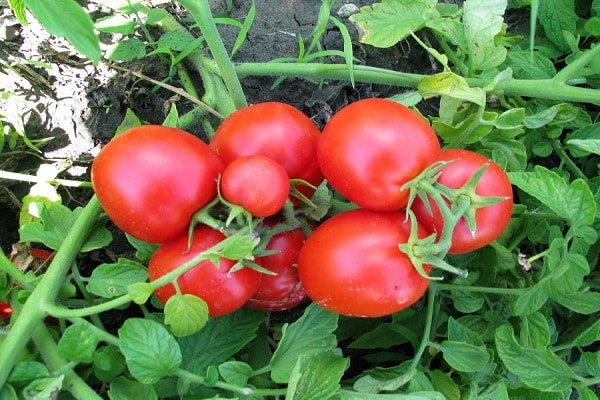
"Tomato" variety
The list of tomato varieties for the Volgograd region is quite wide. Tomatoes are interesting: Kuban, Astrakhan, Astrakhan 5/25, Bakhtemir, Borets, Raspberry Globe, Enthusiastic, Advance, Alex, Nikos. All plants are determinant, in the conditions of the Lower Volga region they are not recommended for greenhouses.
They grow under film shelters and in greenhouses in order to get a very early harvest or in the northern parts of the region.
Based on the reviews, you can find unusual varieties of tomatoes:
- Aladdin's lamp (orange pear-shaped);
- Lorraine beauty (ribbed fruit), Japanese creeping (pink tomatoes for greenhouse conditions and a greenhouse);
- Dragon Tooth (Curved Dense Tomatoes);
- Fig pink, Red figs (especially sweet);
- Black Ethiopian (juicy, sweet black tomatoes).
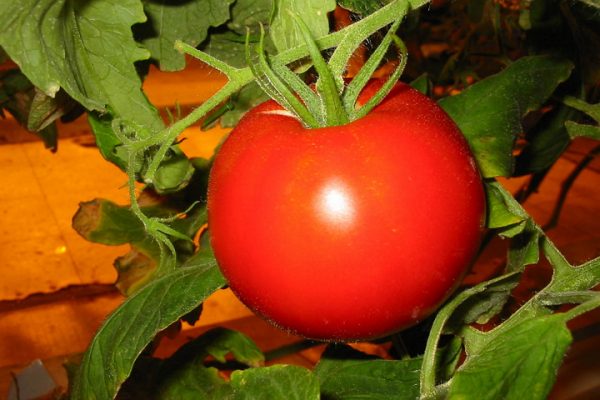
In greenhouse conditions, tomatoes of the Uralskiy polycarpous variety are recommended for the winter-spring turnover. Semi-terminate type that does not require complex care. Small, flat-round fruits (60 g) are good for pickling. canning whole. It is rarely affected by the main diseases of Solanaceae, forms ovaries in low light. The latter quality was also marked by Best of All 318.
To grow crops in winter greenhouses or hotbeds, pay attention to Vnukovsky, De Barao (stem up to 4 m), Yubileiny Ushakova. Hybrids Raisa, Anabel, President.
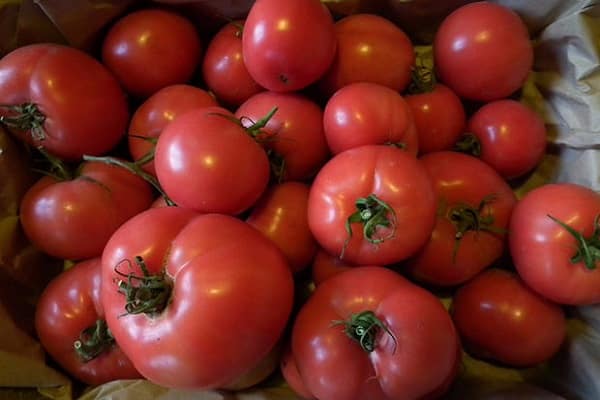
Which varieties to plant on their site in this area, everyone chooses for himself. Success depends not only on the quality of the material, but also on the labor invested.
